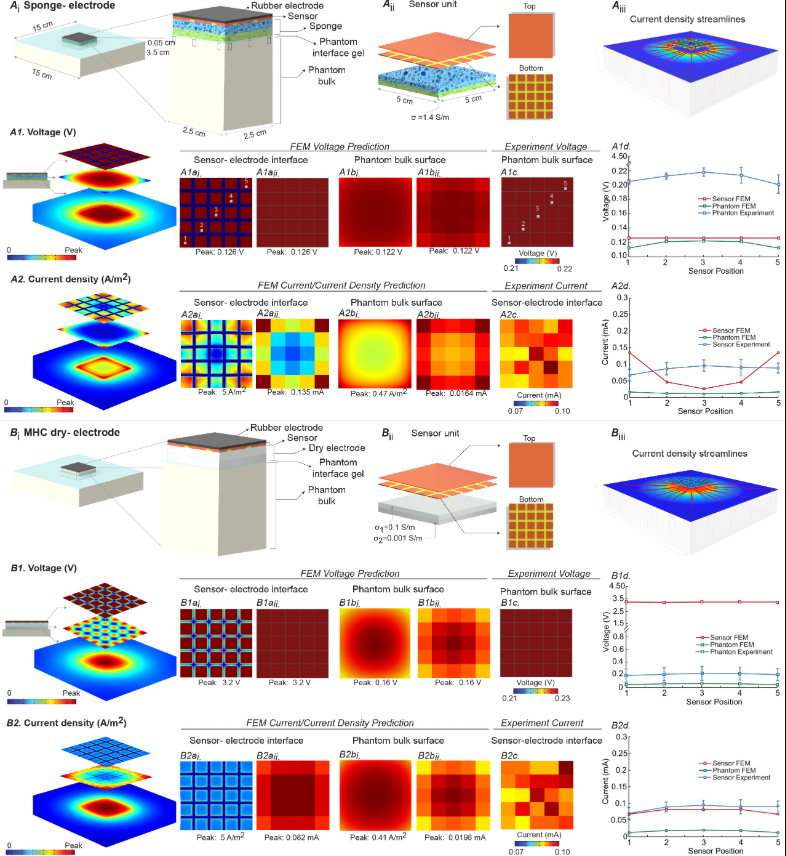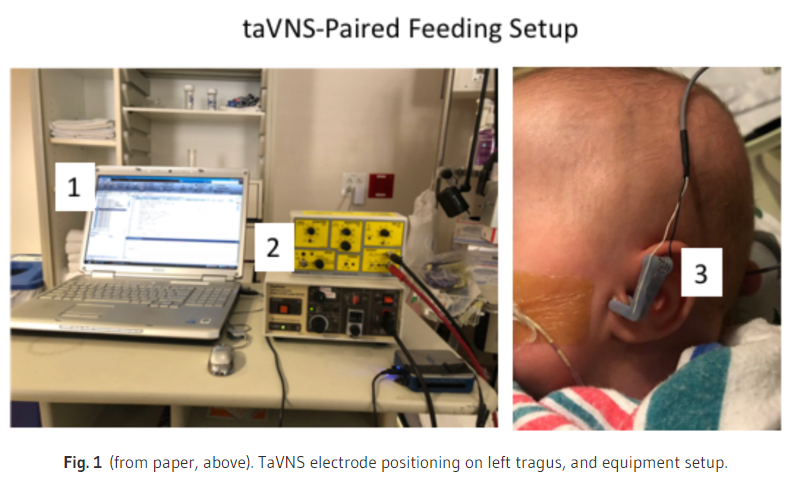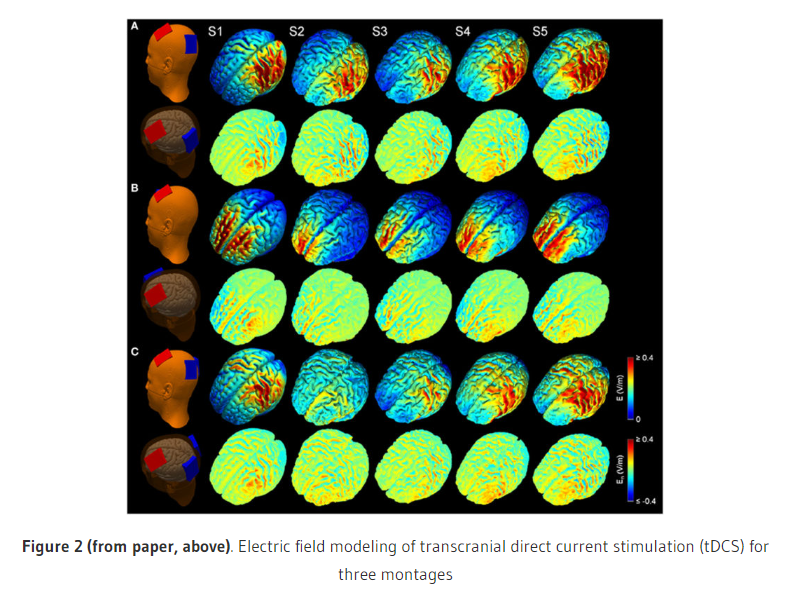Download: PDF published in Brain Stimulation
doi.org/10.1016/j.brs.2017.12.008
Marom Bikson, Andre R. Brunoni, Leigh E. Charvet, Vincent P. Clark, Leonardo G. Cohen, Zhi-De Deng, Jacek Dmochowski, Dylan J. Edwards, Flavio Frohlich, Emily S. Kappenman, Kelvin O. Lim, Colleen Loo, Antonio Mantovani, David P. McMullen, Lucas C. Parra, Michele Pearson, Jessica D. Richardson, Judith M. Rumsey, Pejman Sehatpour, David Sommers, Gozde Unal, Eric M. Wassermann, Adam J. Woods, Sarah H. Lisanby
Abstract
Background
Neuropsychiatric disorders are a leading source of disability and require novel treatments that target mechanisms of disease. As such disorders are thought to result from aberrant neuronal circuit activity, neuromodulation approaches are of increasing interest given their potential for manipulating circuits directly. Low intensity transcranial electrical stimulation (tES) with direct currents (transcranial direct current stimulation, tDCS) or alternating currents (transcranial alternating current stimulation, tACS) represent novel, safe, well-tolerated, and relatively inexpensive putative treatment modalities.
Objective
This report seeks to promote the science, technology and effective clinical applications of these modalities, identify research challenges, and suggest approaches for addressing these needs in order to achieve rigorous, reproducible findings that can advance clinical treatment.
Methods
The National Institute of Mental Health (NIMH) convened a workshop in September 2016 that brought together experts in basic and human neuroscience, electrical stimulation biophysics and devices, and clinical trial methods to examine the physiological mechanisms underlying tDCS/tACS, technologies and technical strategies for optimizing stimulation protocols, and the state of the science with respect to therapeutic applications and trial designs.
Results
Advances in understanding mechanisms, methodological and technological improvements (e.g., electronics, computational models to facilitate proper dosing), and improved clinical trial designs are poised to advance rigorous, reproducible therapeutic applications of these techniques. A number of challenges were identified and meeting participants made recommendations made to address them.
Conclusions
These recommendations align with requirements in NIMH funding opportunity announcements to, among other needs, define dosimetry, demonstrate dose/response relationships, implement rigorous blinded trial designs, employ computational modeling, and demonstrate target engagement when testing stimulation-based interventions for the treatment of mental disorders.





































